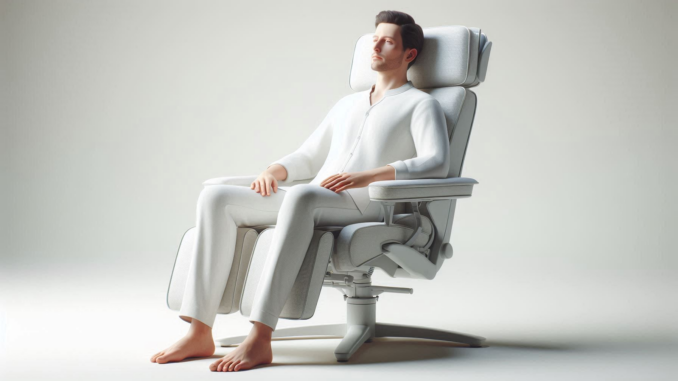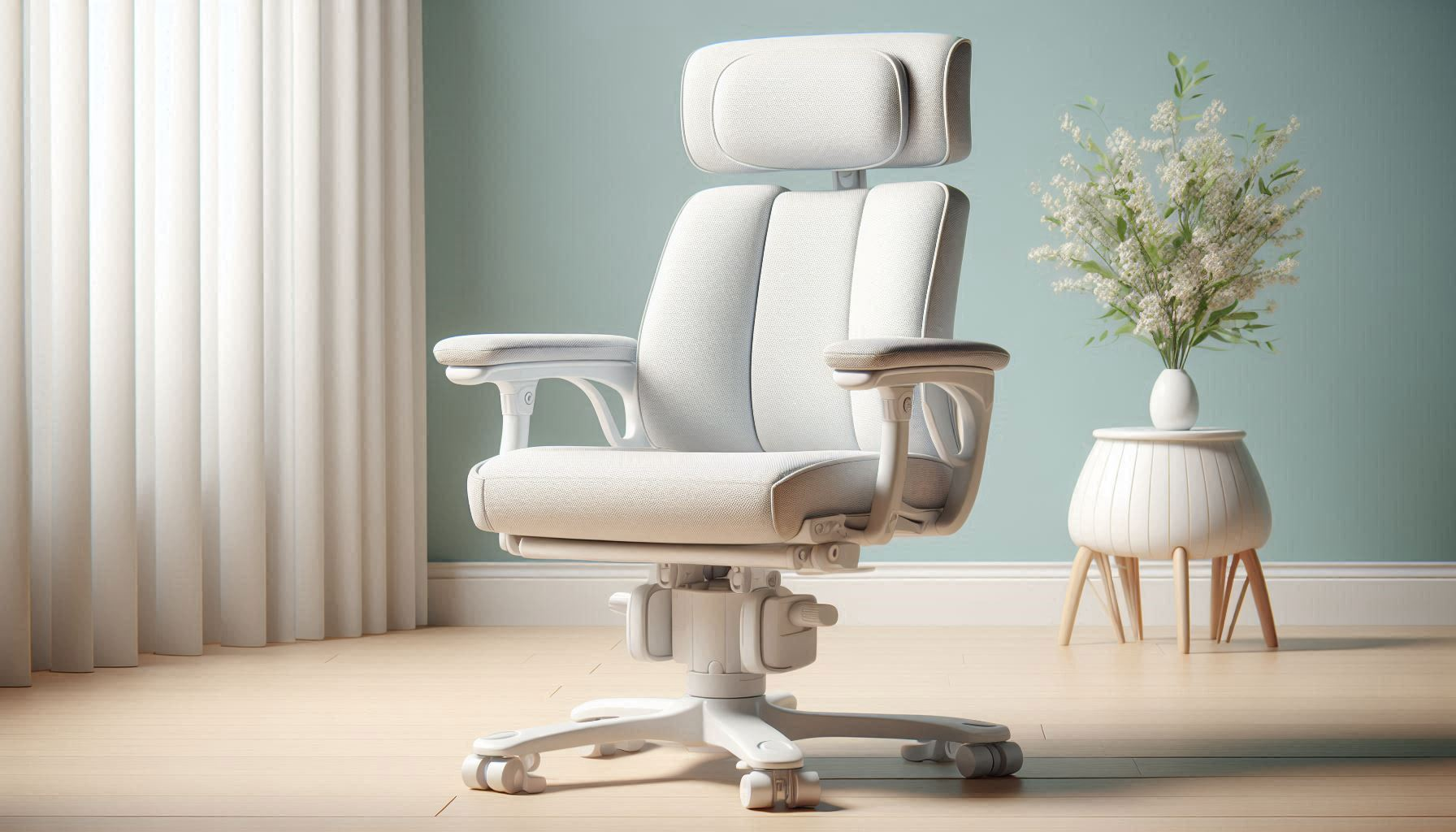
Do You Need a Special Chair After Hip Replacement?
Hip replacement surgery can be a life-changing procedure, offering relief from chronic pain and improved mobility. But the journey doesn’t end when you leave the hospital. One crucial aspect of recovery that often gets overlooked is your seating arrangement at home. So, do you need a special chair after hip replacement?
The short answer is yes, in most cases, you’ll benefit from using a special chair after hip replacement surgery. These chairs are designed to support your recovery, prevent complications, and make your daily activities more comfortable.
Why Your Chair Matters After Hip Replacement
You might be wondering, “Can’t I just use my old comfy recliner?” Well, let me share a quick story that might change your mind.
My neighbor, Bob, had hip replacement surgery last year. He thought his trusty old armchair would be fine for recovery. But after a week of struggling to get in and out of it, and feeling pain every time he sat down, he realized he needed a change. Bob invested in a specially designed chair, and the difference was night and day. He could sit comfortably, stand up easily, and his recovery seemed to speed up almost overnight.
Bob’s experience isn’t unique. The right chair can make a world of difference in your recovery. Here’s why:
- Proper hip positioning to prevent dislocation
- Easier standing and sitting, reducing strain on your new hip
- Better posture support to aid healing
- Increased comfort during long periods of sitting
Key Features to Look for in a Post-Hip Replacement Chair

Not all chairs are created equal, especially when it comes to supporting hip replacement recovery. Here are the must-have features to look for:
1. Seat Height
A higher seat is crucial. You want your hips to be above your knees when seated. This prevents excessive hip flexion, which can be risky in the early stages of recovery.
2. Firm Cushioning
While it might be tempting to sink into a soft, cushy seat, firmer is better after hip surgery. A firm seat provides the support you need and makes it easier to stand up.
3. Sturdy Armrests
Strong armrests are a must. They’ll help you push yourself up to a standing position without putting too much strain on your hip.
4. High Backrest
A high backrest supports good posture and takes pressure off your lower back and hip area.
5. Reclining Function
While not essential, a reclining feature can help you find comfortable positions for relaxing or sleeping.
Types of Chairs Suitable for Hip Replacement Recovery
Now that we know what features to look for, let’s explore some specific types of chairs that are often recommended:
1. Hip Chairs
These chairs are specifically designed for hip surgery recovery. They typically have all the features we mentioned earlier and often come with adjustable height settings.
2. Lift Chairs
Lift chairs are a popular choice, especially in the early stages of recovery. They have a motorized lifting mechanism that gently tilts the chair forward, making it much easier to stand up.
3. High-Back Dining Chairs
For meals and other table activities, a sturdy dining chair with arms can be a good option. Look for one with a seat height of at least 18 inches.
4. Adjustable Office Chairs
If you need to work during your recovery, a high-quality office chair with adjustable height and good lumbar support can be a great investment.
DIY Options: Modifying Your Existing Chairs
If buying a new chair isn’t in your budget, don’t worry! There are ways to modify your existing furniture to make it more hip-friendly:
- Use firm cushions to increase seat height
- Add a wedge cushion to prevent your hips from sinking too low
- Install temporary armrests on dining chairs
- Use a sturdy footstool to keep your feet supported
Remember, these are temporary solutions. For long-term comfort and safety, a proper chair is still the best option.
Beyond the Chair: Creating a Hip-Friendly Home Environment
While having the right chair is crucial, it’s just one part of setting up a recovery-friendly home. Here are some additional tips:
- Clear pathways: Remove any tripping hazards like loose rugs or cords.
- Adjust bed height: Your bed should be at a height that makes it easy to get in and out.
- Install grab bars: These can be helpful in the bathroom and other areas where you need extra support.
- Use a raised toilet seat: This can make using the bathroom much more comfortable and safe.
- Prepare a recovery station: Set up a comfortable area with everything you need within easy reach.
The Do’s and Don’ts of Sitting After Hip Replacement
Even with the perfect chair, how you sit is just as important as where you sit. Here are some guidelines to follow:
Do:
- Keep your knees lower than your hips when seated
- Use armrests for support when sitting down and standing up
- Change positions regularly to avoid stiffness
- Use a pillow or cushion for extra back support if needed
Don’t:
- Cross your legs
- Sit on low surfaces like ottomans or low sofas
- Twist your body while seated
- Sit for extended periods without moving
When Can You Return to Normal Seating?
The timeline for returning to normal seating varies from person to person. Generally, you’ll need to use your special seating arrangements for at least 6-8 weeks after surgery. However, some people find they prefer their “recovery” chairs even after they’ve healed!
Always follow your doctor’s specific instructions, as they may have recommendations based on your individual case and progress.
A Word on Cost: Investing in Your Recovery
I know what you might be thinking: “These special chairs sound expensive!” And you’re right, they can be. But consider this: the cost of a good chair is a small price to pay for a smoother recovery and reduced risk of complications.
Plus, there are options for every budget. From high-end motorized lift chairs to simple seat cushions, you can find a solution that works for you. Don’t hesitate to ask your healthcare provider about rental options or if they know of any programs that might help cover the cost.
The Bottom Line: Your Comfort, Your Recovery
At the end of the day, the decision about whether to use a special chair after hip replacement comes down to your comfort and safety. While it’s not absolutely mandatory, the benefits of using a chair designed for post-surgery recovery are clear.
Remember Bob from our earlier story? He summed it up perfectly when he told me:
“I thought I could tough it out with my old chair, but getting the right seat made all the difference. It wasn’t just about comfort – it gave me peace of mind knowing I was doing everything I could to help my hip heal properly.”
Next Steps: Preparing for Your Recovery
If you’re planning for an upcoming hip replacement surgery, here’s what you can do:
- Talk to your doctor or physical therapist about specific seating recommendations
- Measure the height of your current chairs and compare them to the recommended height
- Research different chair options and read reviews from other hip replacement patients
- Consider renting a chair to try before you buy
- Set up your recovery area before your surgery, so it’s ready when you come home
Remember, every recovery journey is unique. What works for one person might not be perfect for another. Listen to your body, follow your healthcare provider’s advice, and don’t hesitate to make adjustments as needed.
Here’s to a comfortable, safe, and successful recovery!
Have you had experience with special seating after hip replacement? Or do you have questions about preparing for your recovery? Share your thoughts in the comments below – your insights could help someone else on their healing journey!


Leave a Reply